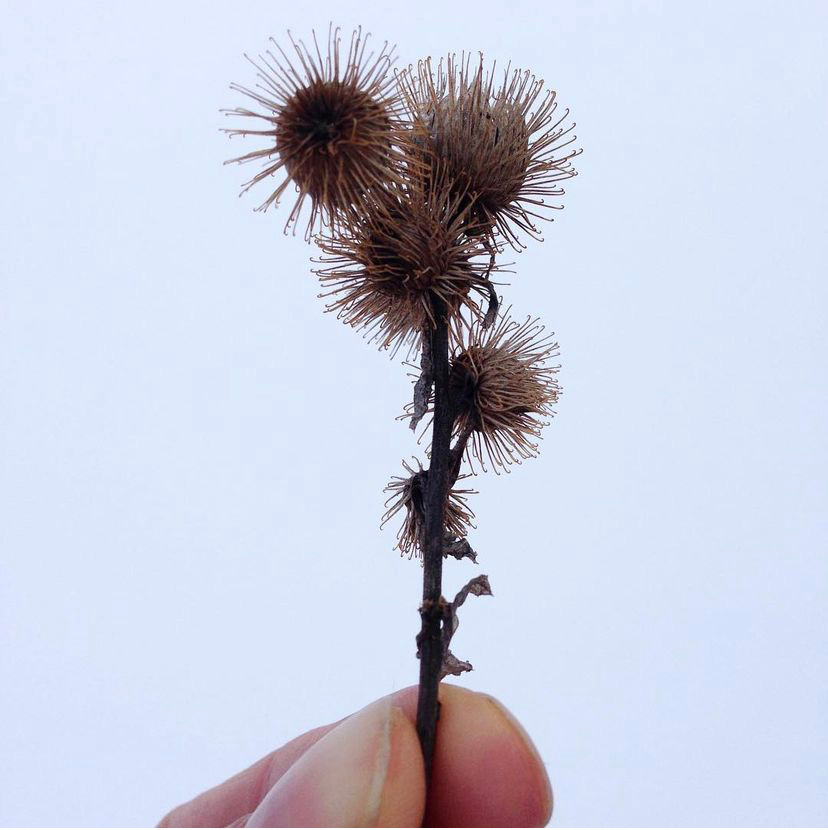Consider the Burdock
Following a memory to its root
Word of the day: “inscendence” — the impulse not to rise above the world (transcendence) but to climb into it, seek its core.
Thomas Berry via Robert MacFarlane
The year I graduated from university with a degree in history was the year I found myself working in an Italian restaurant in North York for an angry Italian chef named Frank. This was before I b…
Keep reading with a 7-day free trial
Subscribe to The Colour | Newsletter | Lab | Community to keep reading this post and get 7 days of free access to the full post archives.


